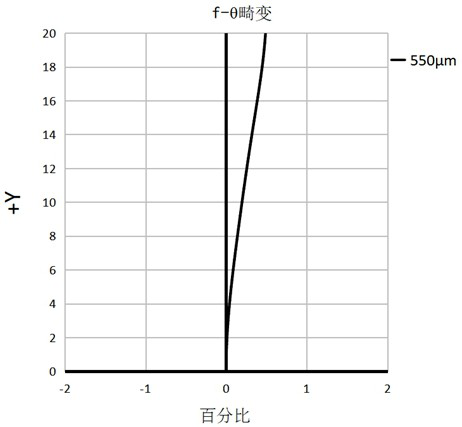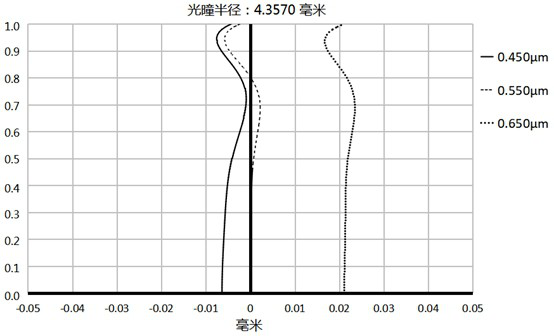Optical Imaging Lens
An optical imaging lens and lens technology, applied in the field of imaging lenses, can solve the problems of small lens aperture, low lens pixel, and poor target recognition at long distances, and achieve the effect of small distortion, high imaging quality, and satisfying imaging needs.
- Summary
- Abstract
- Description
- Claims
- Application Information
AI Technical Summary
Problems solved by technology
Method used
Image
Examples
no. 1 example
[0096] see figure 1 , which is a schematic structural view of the optical imaging lens 100 provided by the first embodiment of the present invention, the optical imaging lens 100 includes in sequence from the object side to the imaging surface along the optical axis: a first lens L1, a second lens L2, and a stop ST , the third lens L3, the fourth lens L4, the fifth lens L5, the sixth lens L6, the seventh lens L7, and the filter G1. The first lens L1 and the second lens L2 in front of the stop ST form the first group Q1, the third lens L3 behind the stop ST forms the second group Q2, the fourth lens L4, the fifth lens L5, the sixth lens The lens L6 and the seventh lens L7 form the third group Q3.
[0097] The first lens L1 has negative refractive power, the object side S1 of the first lens is concave, the image side S2 of the first lens is close to a plane, and the first lens L1 is a glass spherical lens.
[0098] The second lens L2 has positive refractive power, the object s...
no. 2 example
[0111] see Figure 4 , shows a structural diagram of an optical imaging lens 200 provided in this embodiment. The optical imaging lens 200 in this embodiment is roughly the same as the optical imaging lens 100 in the first embodiment, the difference is that the stop ST of the optical imaging lens 200 in this embodiment is set between the first lens L1 and the second lens L1. Between the lenses L2, the first lens L1 forms the first group Q1, the second lens L2 and the third lens L3 form the second group Q2, the image side S2 of the first lens is convex, and the image side S11 of the sixth lens L6 It is a concave surface, and the radius of curvature and material selection of each lens are different. The relevant parameters of each lens are shown in Table 2-1.
[0112]
[0113]
[0114] The parameters of each lens aspheric surface in this embodiment are shown in Table 2-2.
[0115]
[0116] In this embodiment, the distortion and axial chromatic aberration curves of the...
no. 3 example
[0118] see Figure 7 , shows a structural diagram of an optical lens 300 provided in this embodiment. The optical lens 300 in this embodiment is roughly the same as the optical lens 100 in the first embodiment, the difference is that the stop ST of the optical lens 300 in this embodiment is set between the first lens L1 and the second lens L2 Between, the first lens L1 forms the first group Q1, the second lens L2 and the third lens L3 form the second group Q2, the image side S2 of the first lens is a concave surface, and the curvature radius and material selection of each lens are different, For specific parameters of each lens, see Table 3-1.
[0119]
[0120] The parameters of each lens aspheric surface in this embodiment are shown in Table 3-2.
[0121]
[0122] In this embodiment, its distortion and axial chromatic aberration are respectively as Figure 8 , Figure 9 shown. Depend on Figure 8 It can be seen that the f-θ distortion of the imaging system in this...
PUM
 Login to View More
Login to View More Abstract
Description
Claims
Application Information
 Login to View More
Login to View More - R&D
- Intellectual Property
- Life Sciences
- Materials
- Tech Scout
- Unparalleled Data Quality
- Higher Quality Content
- 60% Fewer Hallucinations
Browse by: Latest US Patents, China's latest patents, Technical Efficacy Thesaurus, Application Domain, Technology Topic, Popular Technical Reports.
© 2025 PatSnap. All rights reserved.Legal|Privacy policy|Modern Slavery Act Transparency Statement|Sitemap|About US| Contact US: help@patsnap.com



